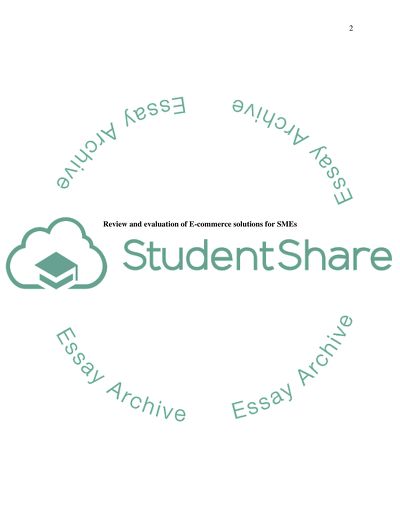Cite this document
(“Review and evaluation of E-commerce solutions for SMEs Dissertation”, n.d.)
Retrieved from https://studentshare.org/design-technology/1404163-review-and-evaluation-of-e-commerce-solutions-for
Retrieved from https://studentshare.org/design-technology/1404163-review-and-evaluation-of-e-commerce-solutions-for
(Review and Evaluation of E-Commerce Solutions for SMEs Dissertation)
https://studentshare.org/design-technology/1404163-review-and-evaluation-of-e-commerce-solutions-for.
https://studentshare.org/design-technology/1404163-review-and-evaluation-of-e-commerce-solutions-for.
“Review and Evaluation of E-Commerce Solutions for SMEs Dissertation”, n.d. https://studentshare.org/design-technology/1404163-review-and-evaluation-of-e-commerce-solutions-for.


